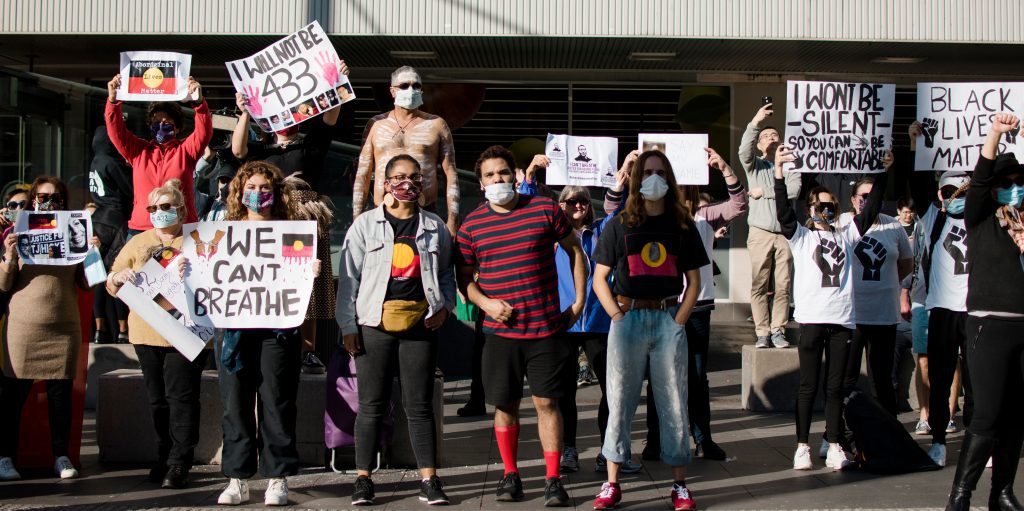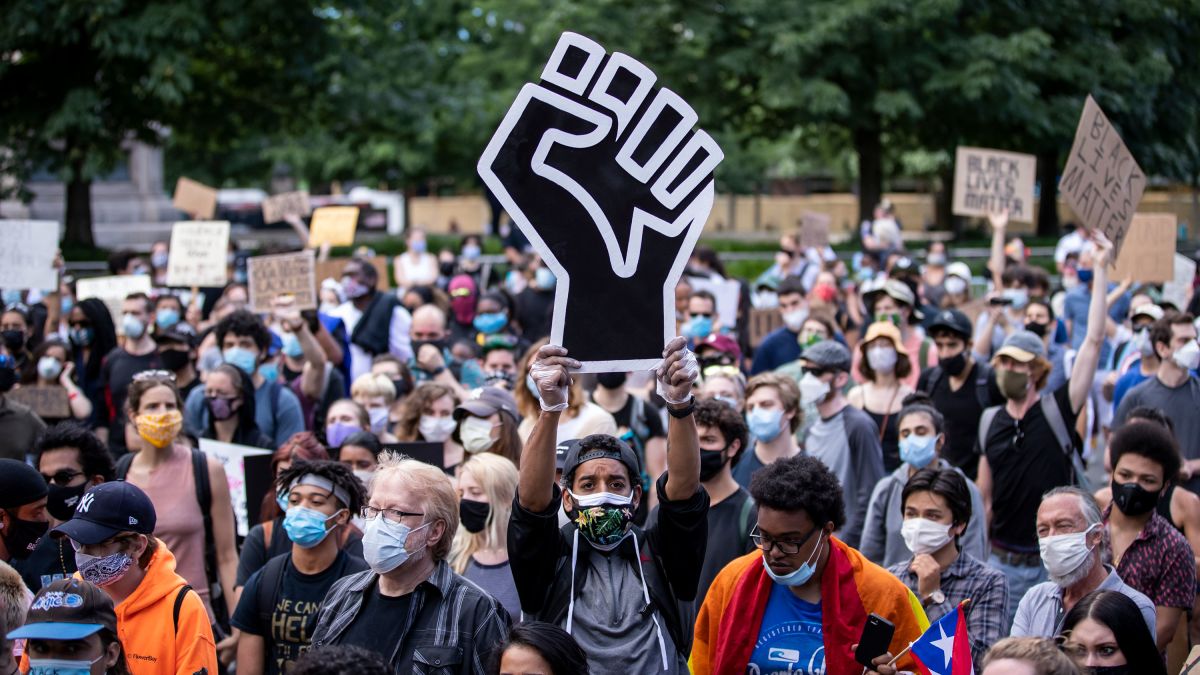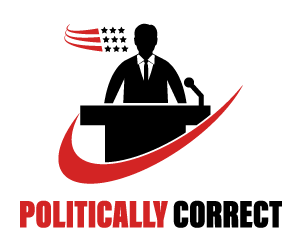Examining The Effects Of Peaceful Protests In Policy Making
Peaceful protest, also called nonviolent resistance, is an expression of disapproval without using violence. Peaceful protesters are unarmed, do not retaliate in any way when they are stopped, and refrain from damaging private property.


Throughout history, many peaceful protests have taken place. We can cite the Missing and Murdered Indigenous Women Movement (MMIW), for instance. In recent decades, a number of indigenous women and girls have been killed or disappeared in Canada and the United States. This movement works to ensure justice for all their deaths by non-violent means.
The MMIW movement has been successful, evident in the passage of the Savanna’s Act, which strengthens the guidelines for police training and coordinating investigations of crimes against indigenous women. This is just one example of many peaceful protests which has yielded positive policy changes.
Peaceful protests have the potential to have many effects on policy. Social protests are profoundly influencing the quality of democracy in terms of human rights and executive constraints. Also, democracies with more cohesive governments are being forced to conduct business less heinously as a result of strikes and peaceful protests. General strikes appear to have prompted the protection of women’s rights in public spheres in nations with autonomous judiciaries.


However, demonstrations and riots appear to affect executive constraints differently, depending on how cohesive the government is. Riots frequently degrade the quality of democratic governance by forcing executives to act harshly. However, historical results have shown that social protests have helped countries deepen their democracies and change policies.
